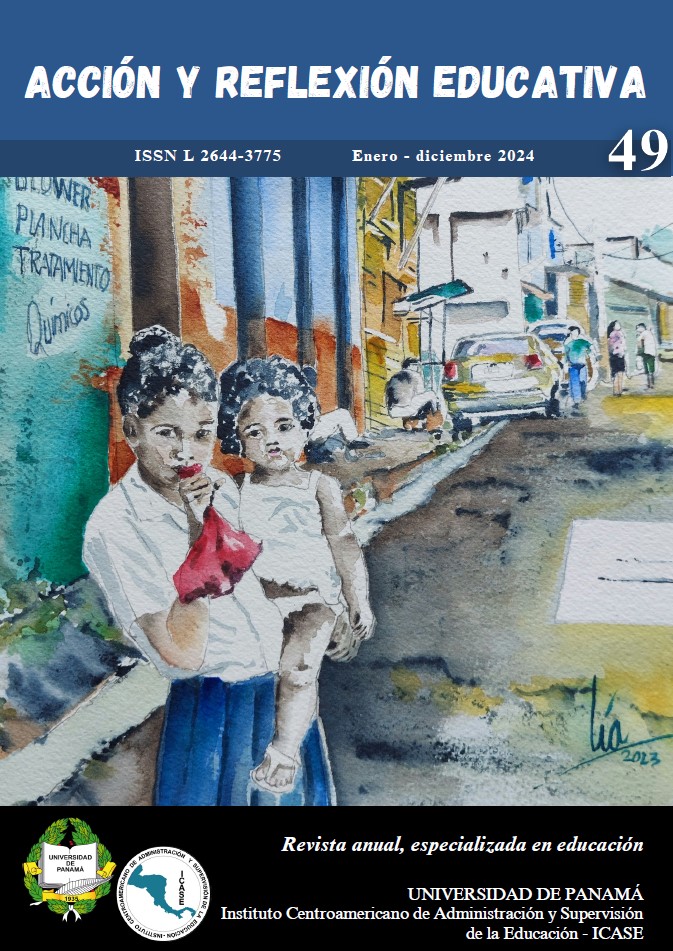

Copyright (c) 2024 Los autores

This work is licensed under a Creative Commons Attribution-NonCommercial-ShareAlike 4.0 International License.
This research reveals the state and dynamics of the key variables associated with the educational system in the indigenous regions (Ngäbe-Buglé, Kuna Yala and Emberá-Wounaan) of Panama. It is a descriptive study that uses data on student enrollment and number of teachers, which are published in official sources, for a period of 10 years (2007 - 2016). It is clearly concluded that the regions present particular characteristics, both in level and trends of yields, in relation to the national averages. It is also worth noting that there is still a disadvantage in terms of girls' access to the system, since the scope of the educational offer at the preschool level is very incipient or almost non-existent. Regarding the relationship of teachers and students served, in the case of the Pre-Middle and Middle School of the Ministry of Education (MEDUCA), which exceed the national averages, in that said relationship of students per classroom leaves clear differences in overcrowding. for the Ngäbe-Buglé region at the primary level, and low enrollment in the Emberá-Wounaan region. A significant effort is required to ensure better coverage, raise quality, and ensure the educational success of populations neglected by centuries of marginalization and neglect, especially in the area with the greatest weight and growth of the young population: the Ngäbe-Buglé region.